Reportar esta entrada
Más sobre la misma comunidad-colección
Proclamation Honoring Judge Alvarez
After serving our community for nearly 30 years as Judge of ...
Proclamation honoring Judge Javier Alvarez
After serving our community for nearly 30 years as Judge of ...
Judges Marlene Gonzalez and Javier Alvarez
After serving our community for nearly 30 years as Judge of ...
Judge Javier Alvarez and Judge-Elect Melissa Baeza
After serving our community for nearly 30 years as Judge of ...
Proclamation Honoring Judge Javier Alvarez
After serving our community for nearly 30 years as Judge of ...
Pioneer of the Desktop CAD System
In 1973, Holguin Corporation of El Paso TX announces HolguinCAD, ...
Women's History Month, Eva Antone Ross, El Paso, TX 1995
Women's History Month, Eva Antone Ross, El Paso, TX 1995







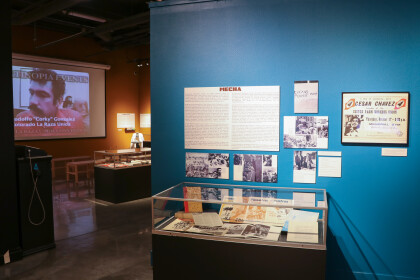
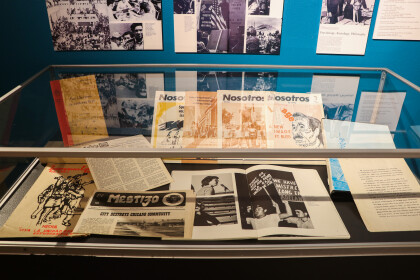
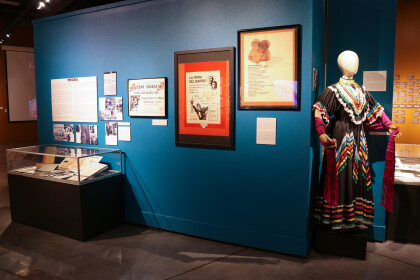
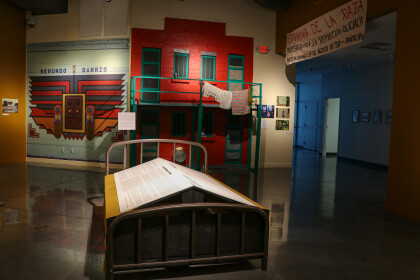
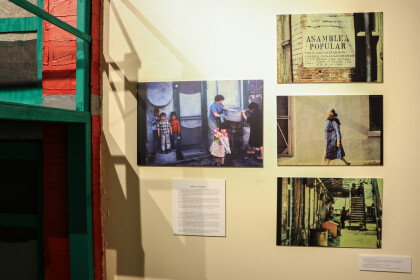
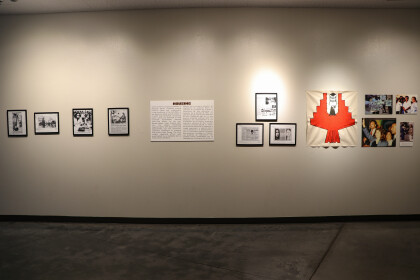
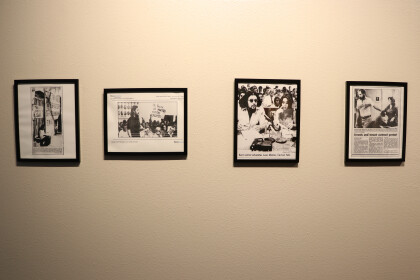
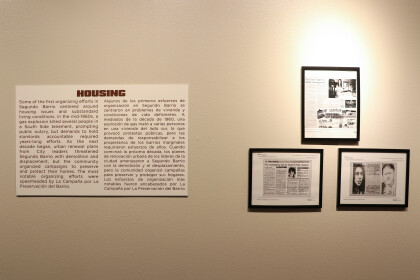
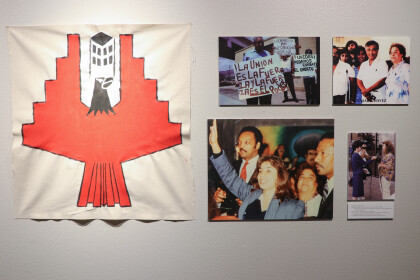
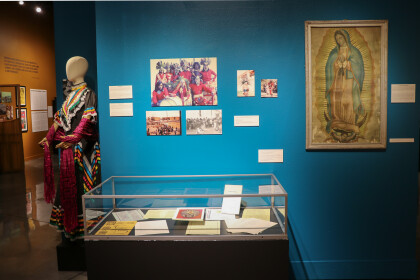
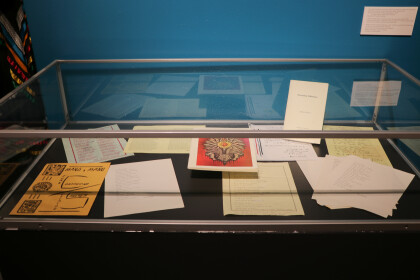
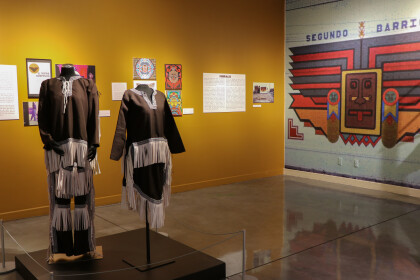
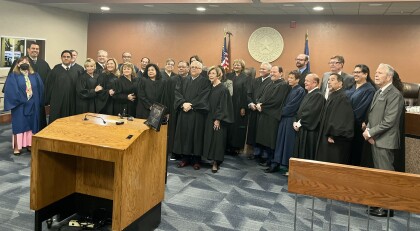
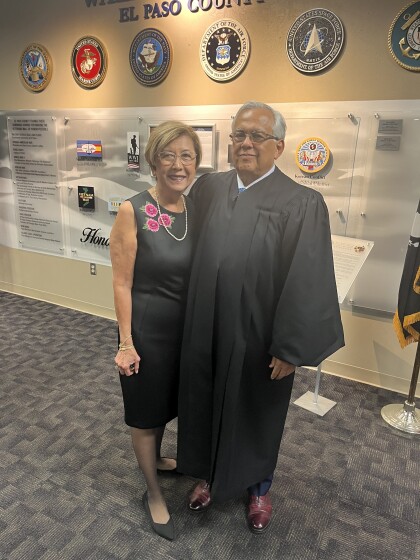
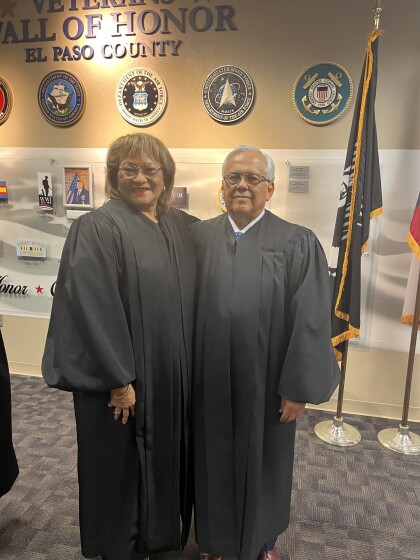
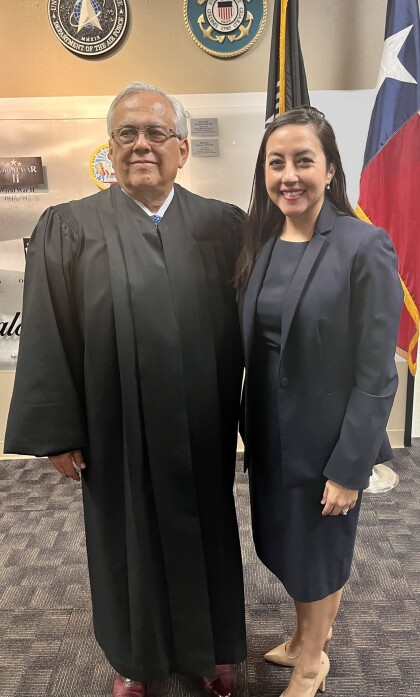
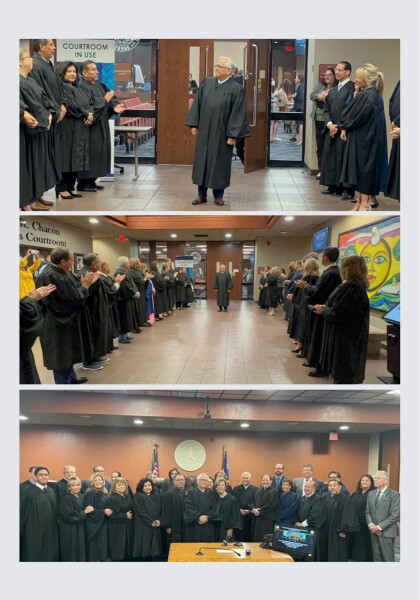
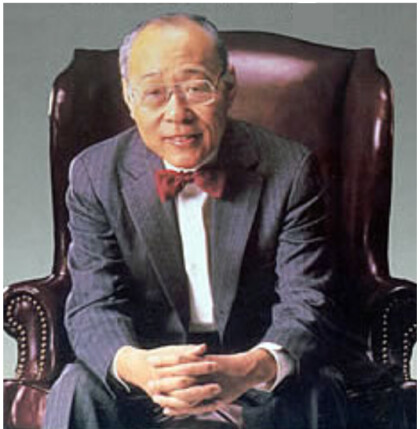
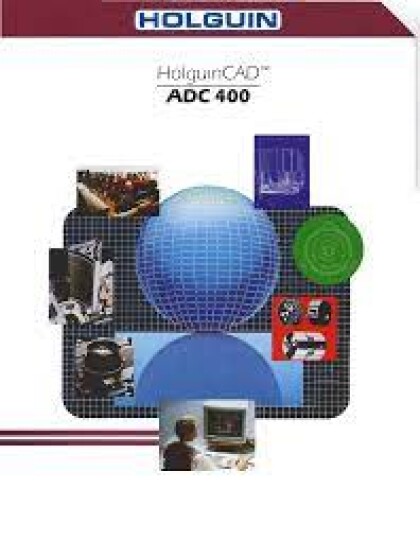


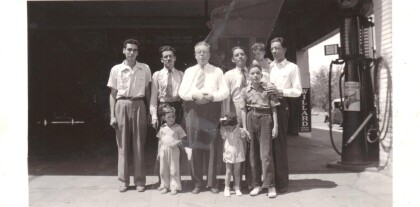
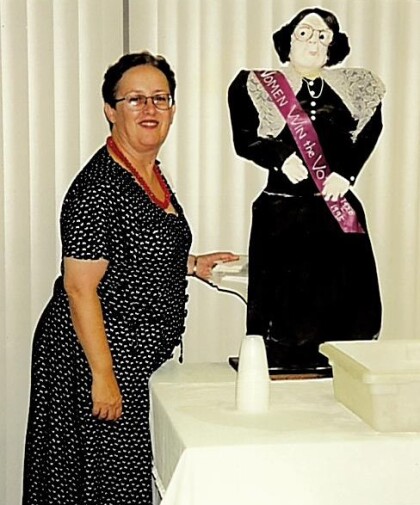
Comentarios
Hacer un comentario